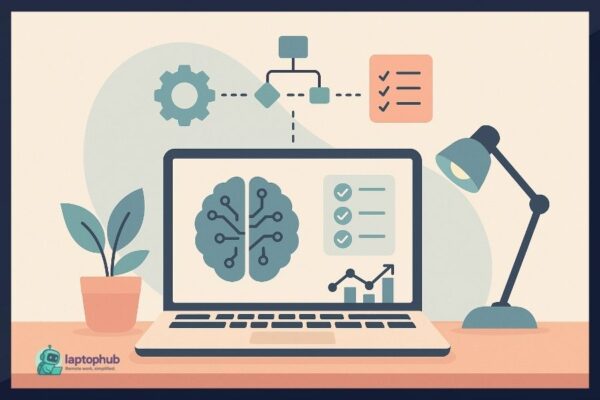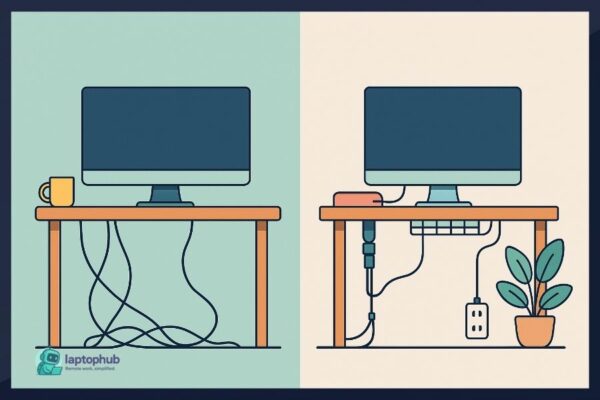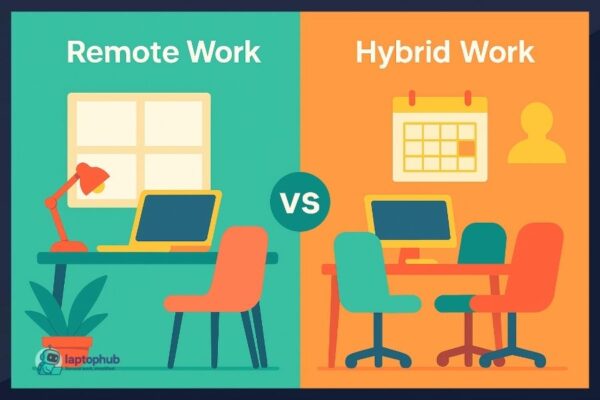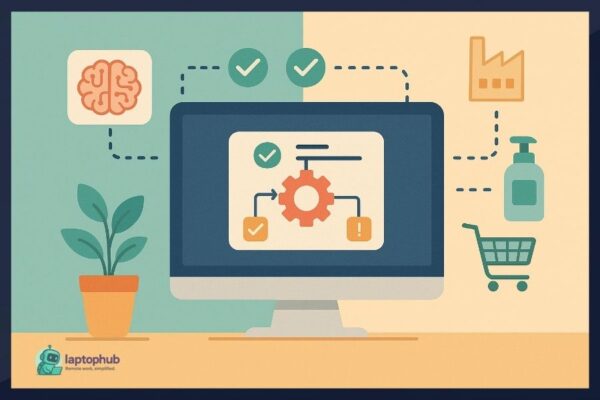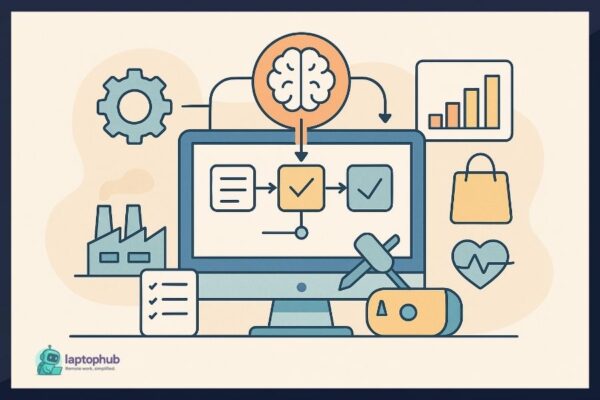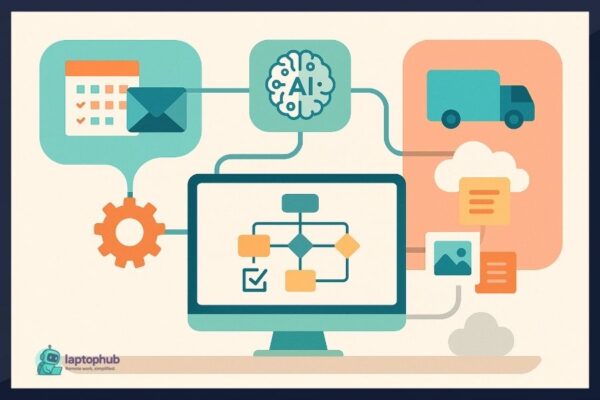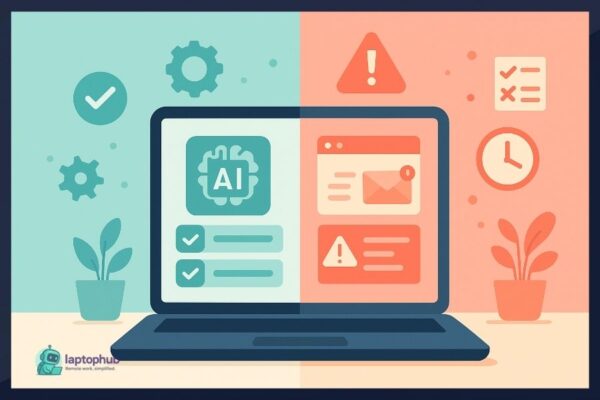
Getting Started View all
 Home Office
Home Office Struggling to focus while working from home? It might be your lighting. Discover expert-backed tips to optimize your home office lighting for sharper focus, less eye strain, and better productivity—all without needing a full renovation.
Tools & Tech View all
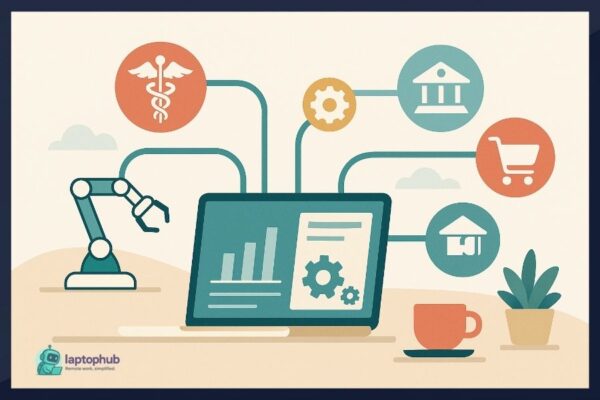 Tools & Tech
Tools & Tech Is your laptop helping you get work done or slowing you down? Here’s a battle-tested system I’ve used for over a decade to turn my laptop into a focused, fast, and friction-free productivity machine. You don’t need more tools—you need the right setup.
 Tools & Tech
Tools & Tech Explore the best laptops for remote work in 2025, including top picks for battery life, portability, performance, and budget. Whether you’re a creative professional, a corporate nomad, or a full-time freelancer, this guide has something for everyone.
Freelancing
Lifestyle View all
 Productivity
Productivity Turn your Chrome browser into a powerful productivity hub with these 12 essential extensions. From smarter tab management to time tracking and distraction blockers, these tools help you work faster and stay focused—all without leaving your browser.
Artificial Intelligence View all
Explore the power of workflow automation with AI and learn how to streamline your tasks, boost productivity, and eliminate busywork with beginner-friendly tools and step-by-step strategies.
Discover how to use AI to build your personal brand with smarter strategies, effortless content creation, and tools that save time while maximizing your online impact.
AI is changing the way remote teams communicate, collaborate, and grow. But while it can supercharge productivity, it also brings risks—like job displacement, ethical concerns, and a growing reliance on tech. This article dives into the key pros and cons of using AI in remote work and offers smart strategies for finding balance.
Discover how AI for Remote Work is transforming productivity, communication, and time management—one smart tool at a time.



